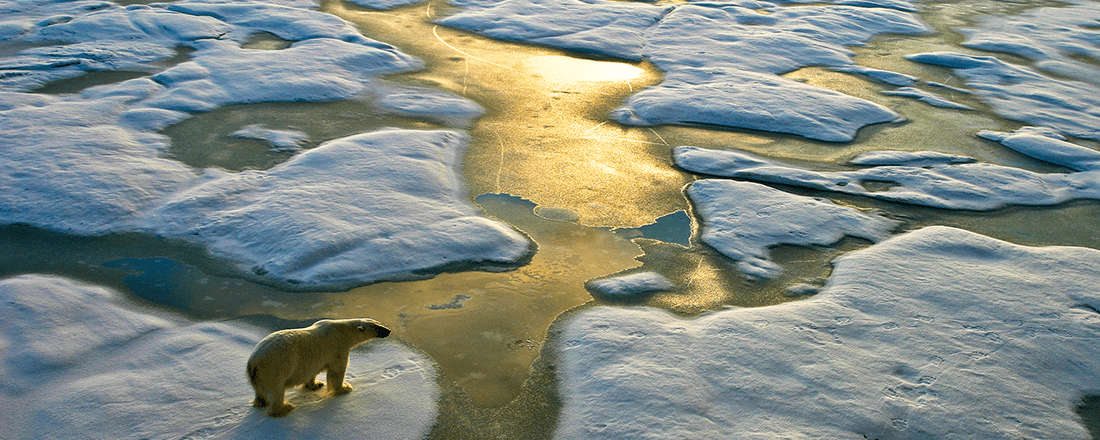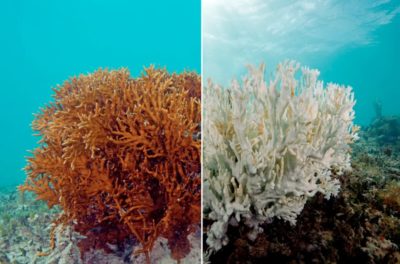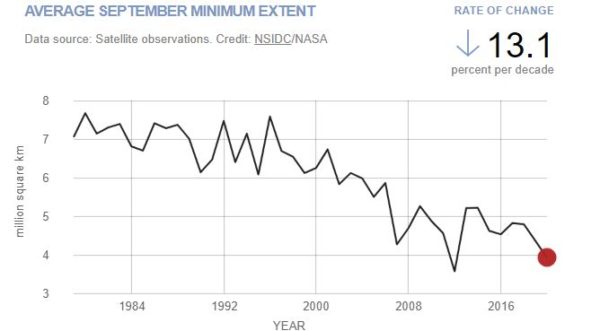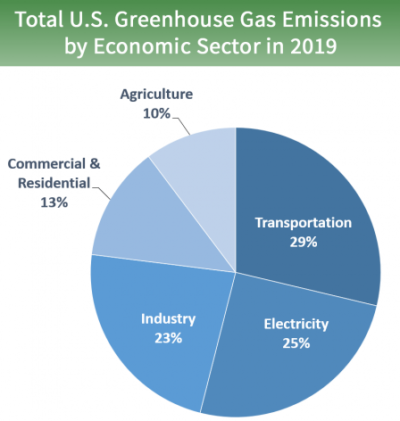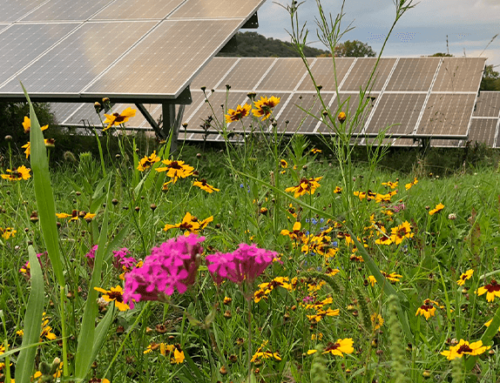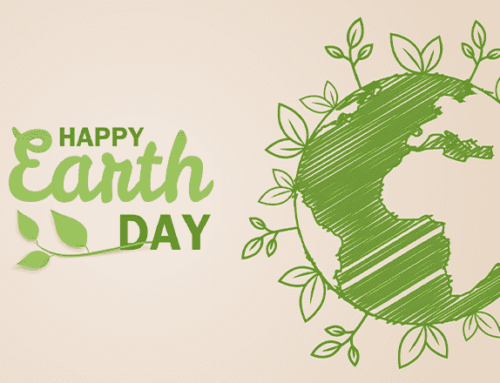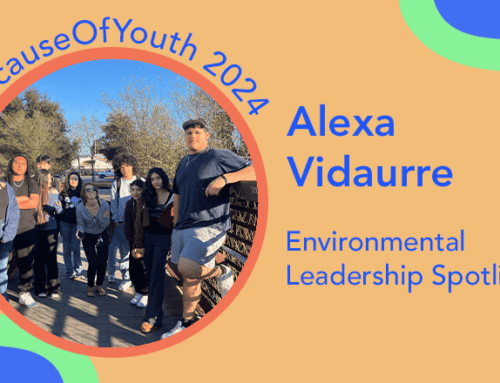The MCE Cares series focuses on the impacts of climate change, climate action strategies, and the ways you can make a difference. The climate is in our hands. What action will you take? Learn more at mceCares.org.
Climate change may put one-third of species at risk of extinction in the next 50 years. Global climate zones are shifting, and many plants and animals won’t be able to migrate or adapt fast enough to survive. Other species will see population decline from drastic habitat changes. The climate crisis is the number one global threat to our environment, and we must act quickly to reduce emissions and avoid the most catastrophic impacts to our natural environment.
Coral Reefs
Like the Amazon, coral reefs are one of the most important ecosystems on our planet. Reefs protect coastlines from erosion, are home to 25% of marine life, and absorb nearly 30% of the carbon in the atmosphere. Ocean acidification and increased water temperatures caused by climate change make it difficult for coral, plankton, and other sea creatures to form reefs. Overheating from higher water temperatures causes coral bleaching, which eventually leads to the death of the coral. Between 2014 and 2017, 75% of the world’s reefs experienced high enough temperatures to trigger bleaching.
Invasive Species
Changes in weather patterns are expected to cause migrations of plant and animal species into new habitats. These non-native species are often referred to as “invasive species” because they invade habitats that other species have adapted to. Invasive species threaten native wildlife, often outcompeting these species for food and other resources due to a lack of natural predators in the new habitat. This migration leads to extinction of native species that are necessary to maintain existing ecosystems. In the United States alone, invasive species costs around $30 billion per year in eradication efforts.
Forests
Forests play an important part in regulating our global climate. Between 2001 and 2019, forests absorbed 7.6 billion metric tons of carbon dioxide a year, or 1.5 times more carbon than what the United States emits each year. Climate change poses threats to forests, including increased fire risk, decreased precipitation, a higher risk of invasive species, and increased insect outbreaks. In 2020, California’s wildfire season alone emitted 111.7 million metric tons of carbon dioxide, and around 10.1 million acres burned across the United States.
Wetlands
Despite making up only 5−8% of the earth’s surface, wetlands store 20−30% of the carbon in the world’s soil. Soil carbon is vital to maintaining a stable global climate, but the health of wetlands is at risk due to climate change. Wetlands are sensitive to changes in precipitation and temperature and are also located in coastal areas at risk of sea level rise and severe weather events.
Ice Melt
Ice sheets and glaciers help keep our planet cool by reflecting the sun’s rays back into space. In recent years, this ice has been rapidly melting due to climate change. Since 1992, ice sheets covering Greenland and Antarctica have each lost an average of 100 billion metric tons of ice per year. Satellite observations show that Arctic sea ice is declining at a rate of 13.1% per decade. Melting ice sheets cause sea level rise, leading to erosion and storm surge in coastal areas. As ice sheets and glaciers melt, the altered ocean currents disrupt weather patterns across the globe.
What Can We Do to Fight Climate Change?
Reduce Consumption
Combating climate change means reducing our greenhouse gas emissions by consuming less and choosing environmentally friendly alternatives. In 2019, the largest percentage of greenhouse gas emissions came from transportation. Fly less, drive less, or choose clean transportation like electric vehicles when you can. Buying local also helps reduce transportation emissions related to shipping.
Choose Environmentally Friendly Alternatives
When you can’t consume less, be careful about what you choose to purchase. You can help by using 100% renewable electricity like MCE’s Deep Green service, purchasing from businesses that offer compostable packaging, and choosing companies that have carbon-neutral production processes. Learn more about reducing your carbon footprint here.
Sequester Carbon
If we stopped all global carbon emissions today, global climate temperatures would continue to increase for the next few decades. To completely stop climate change, we need to look for solutions to reabsorb emitted carbon. Carbon sequestration is the process of capturing and storing carbon from the atmosphere. Our forests, oceans, and wetlands do this naturally, so it’s best to focus on practices that restore these habitats. Planting new trees, replanting depleted forests, and implementing unique farming practices known as carbon farming could remove up to 27 gigatons of carbon dioxide per year.
Restore Natural Ecosystems
Restoring vital ecosystems like coral reefs and wetlands can mitigate the impacts of climate change. California’s Wetlands Restoration for Greenhouse Gas Reduction Program has restored or enhanced over 7,000 acres of natural wetland habitat, sequestering an estimated 859,783 metric tons of greenhouse gas emissions. Organizations such as Save the Bay also facilitate local habitat restoration and reduce pollution to make the Bay Area more resilient and sustainable. Restoration solutions can be paired with other economic services like habitat restoration of farmland and MCE’s pollinator-friendly solar requirements.
The climate is in our hands. What action will you take? The future is now.

